Divi vs Elementor: Discovering Pros & Cons (2023)
Table of Contents
The Divi vs Elementor competition makes everyone struggle. Both WP page builders have features that make you toss between one choice or another.
Now is the time to compare Elementor vs Divi 2023 performance and evaluate their price values. Are you ready?
ABOUT ELEMENTOR
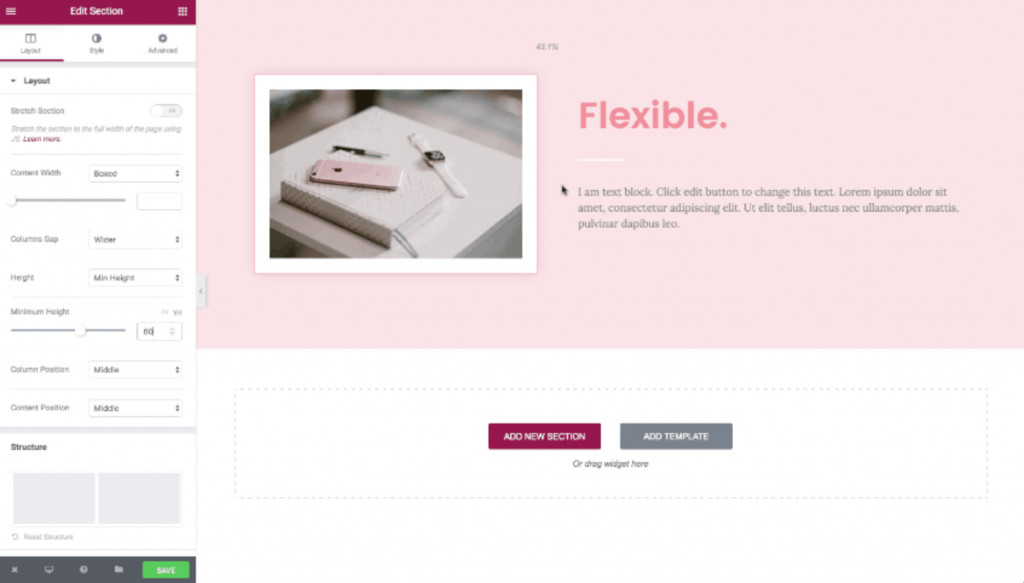
Being one of the youngest WordPress page builders (founded in 2016), Elementor has quickly left all competitors behind its success. No other page builder has reached 5m+ active installs just for its free version on wordpress.org.
Users give credit to its fast, hassle-free visual interface, flexible styling options, and full theme building functionality.
While both free and premium versions have the same page builder interface, users of Elementor Pro receive a package of advanced widgets, templates, and features like popup integration, etc.
What makes Elementor even more attractive is the number of third-party tools made to boost up the default Elementor functionality.
These are examples of Elementor addons created by us at MotoPress:
- Stratum Elementor Addon – a freemium collection of 24+ advanced content widgets;
- Custom Elementor Mega Menu by Stratum – helps build custom mega menu and fit any type of content inside;
- Hotel Booking & Elementor Integration – transforms the booking sections of the Hotel Booking plugin into Elementor widgets.
Also, take a look at all MotoPress free & premium Elementor themes. Each template was designed specifically for the needs of one business niche.
Users of Elementor can access the library of so-called Elementor kits. 30 of them will be available in the free version, while users of the PRO version have access to the extended library of 300+ different kits.
Besides, the Elementor page builder has an official starter site theme and it’s called Hello.
ABOUT DIVI

Although Divi was first released as a Divi theme content editor, it didn’t take long for it to transform into a standalone WordPress plugin. Nowadays, you can use the builder both in conjunction with the Divi theme or as an independent instrument.
Divi lets you edit content using both the frontend and the admin interface, yet, most users prefer editing their websites visually. The builder utilizes 3 main building blocks: sections, rows, and modules allowing you to create any type of page layout.
There are not as many third-party addons & templates for Divi Builder as for Elementor, but quite enough to satisfy your needs. Most of them get regular updates and support.
Unfortunately, Divi has no free version, but you can test its demo on the official website.
Divi vs Elementor: Main Features
In terms of general functionality, both page builders have a lot in common. Let’s see what features we get from both page builders and compare how they are deployed:
1. Drag-And-Drop Interface
Both Divi and Elementor provide you with a drag-and-drop visual interface that supports inline editing. This means you see the changes in real-time and in the way visitors will see in on your website.
In Divi, you get a full-page editor with no fixed interface elements other than one purple button at the bottom. To add and configure any modules, you click the floating buttons that appear on hover.
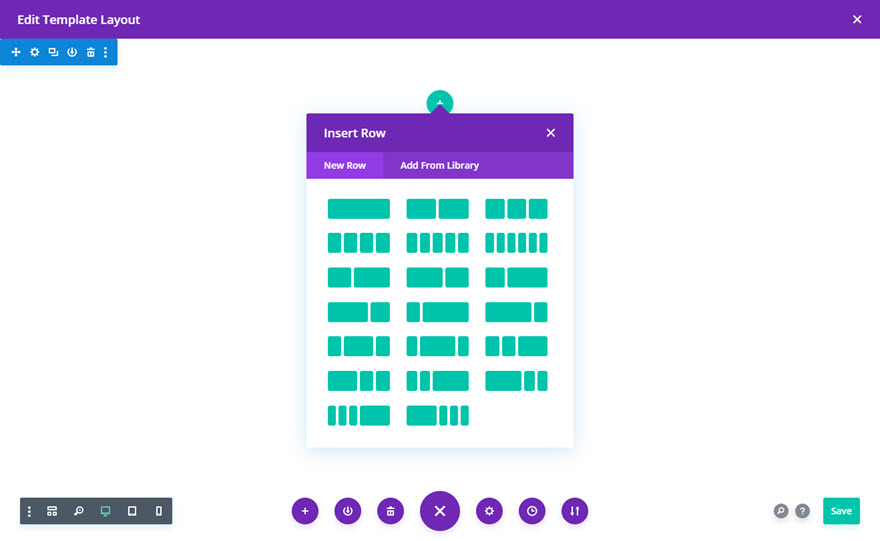
In Elementor, the editing page comes with a fixed sidebar on the left. Even if it does not provide the same immersive design experience, many users consider it more convenient for editing in a drag-and-drop mode:
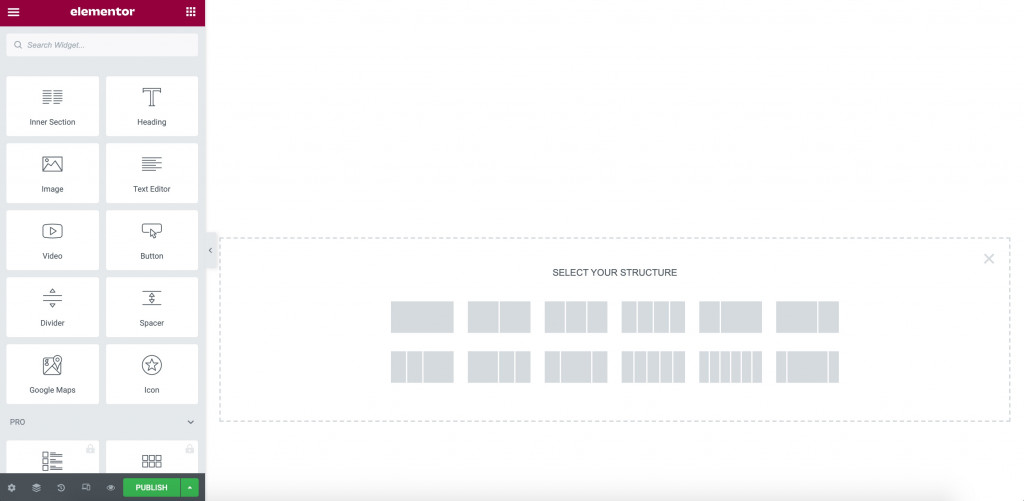
2. Advanced Styling
It’s tough to make the Elementor vs Divi builder comparison in terms of styling just for the reason that both have fairly identical styling settings.
Let’s just highlight the notable styling options offered by both builders:
- Shape separators
- Custom intervals
- Custom positioning for modules
- Custom typography
- Custom margins
- Animation effects (parallax scrolling)
Besides that, Elementor has launched powerful Elementor AI features:
Both plugins provide advanced settings for each module, allowing users to apply custom classes, CSS, attributes, transitions, and more.
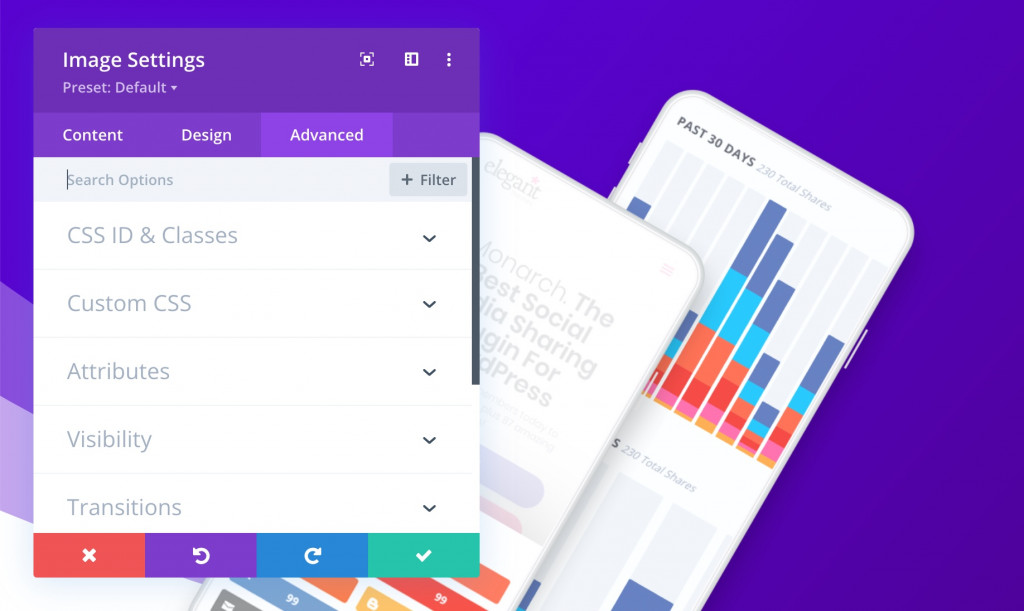
So far, Elementor and Divi have the largest number of styling options than any other WP page builder.
3. Responsive Settings
When comparing the Di vi builder VS Elementor responsive editings, we spotted no particular differences. Both builders have 100% responsive content.
Users are able to make custom changes for each screen, whether it’s a desktop, tablet, or mobile. The settings allow you to change the font sizes, column widths, hide certain content on certain devices, apply different styles depending on the device, etc:
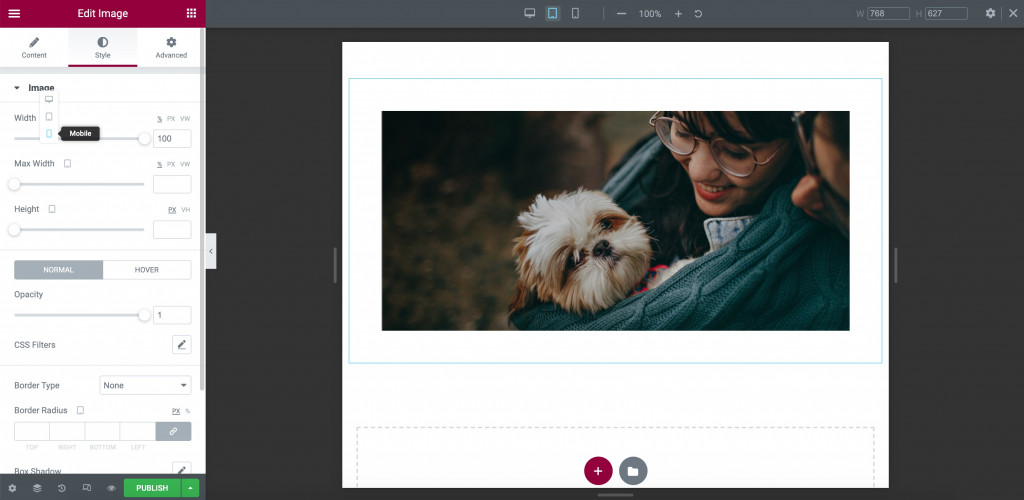
4. Theme Builder Functionality
Whichever builder you choose, you will be able to use its functionality to design your own WP theme.
The theme-building functionality allows you to create templates for headings, footers, individual posts, or entire pages (e.g. ‘coming soon pages, archive pages). But the way you do in WordPress Divi vs Elementor builders is a bit different.
In Divi, we use the backend to assemble different parts of your template, and the frontend visual editor to create and edit its content:
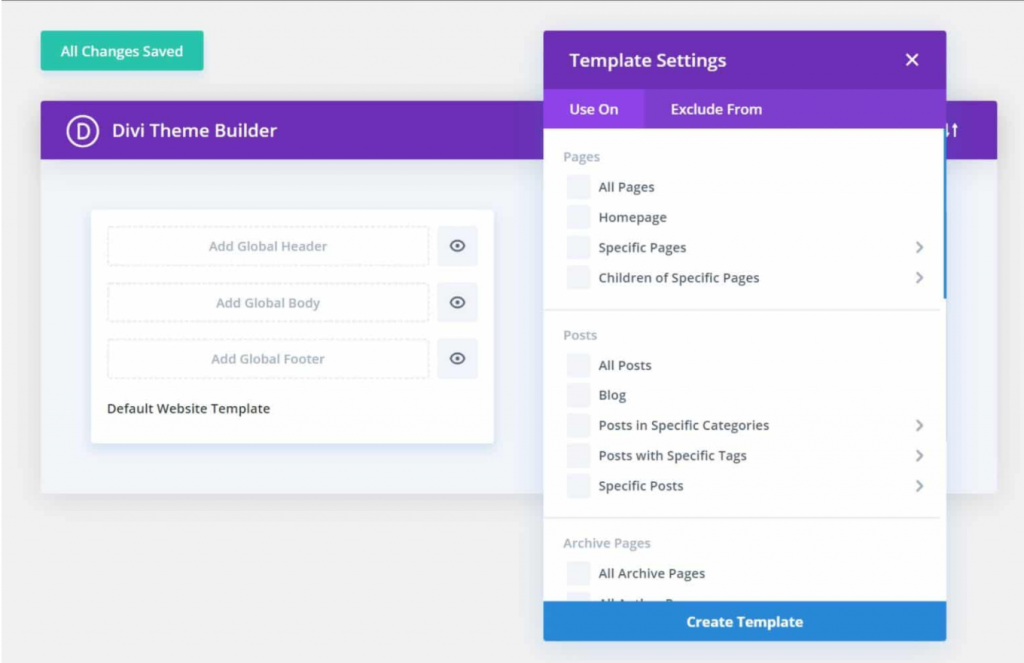
In Elementor, we make everything happen on the front end. The page builder Elementor provides us with custom widgets for different page sections, as well as the dynamic content feature for each used widget:
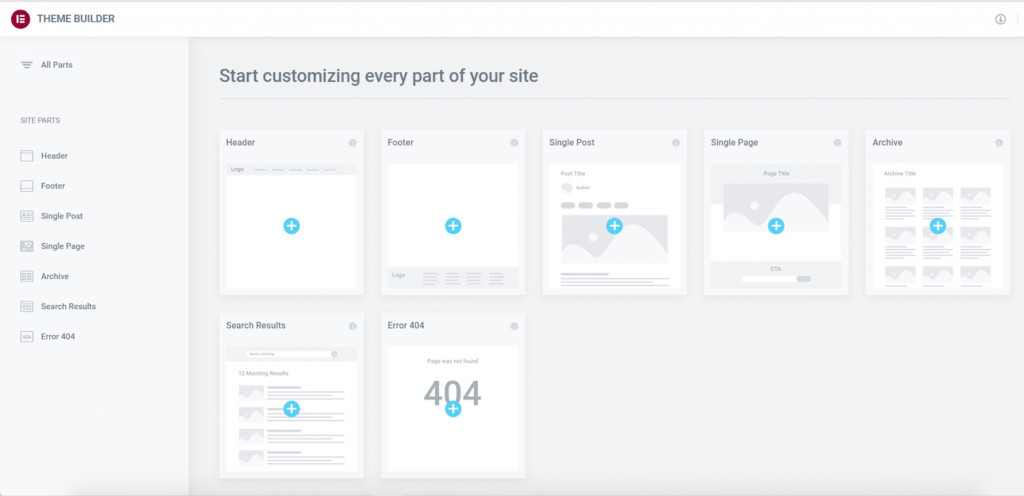
5. Library of Templates
Both plugins offer an impressive library of ready-to-go templates, which are officially released by their developers.
In Divi, as you purchase one of the two plans, you get access to almost 2k ‘layout packs’. These are basically starter site designs and each one falls under a certain category (business, health & fitness, online shop, etc). Each starter site has a pre-designed homepage, an About Us page, a Services page, a Contact Us page, and more:
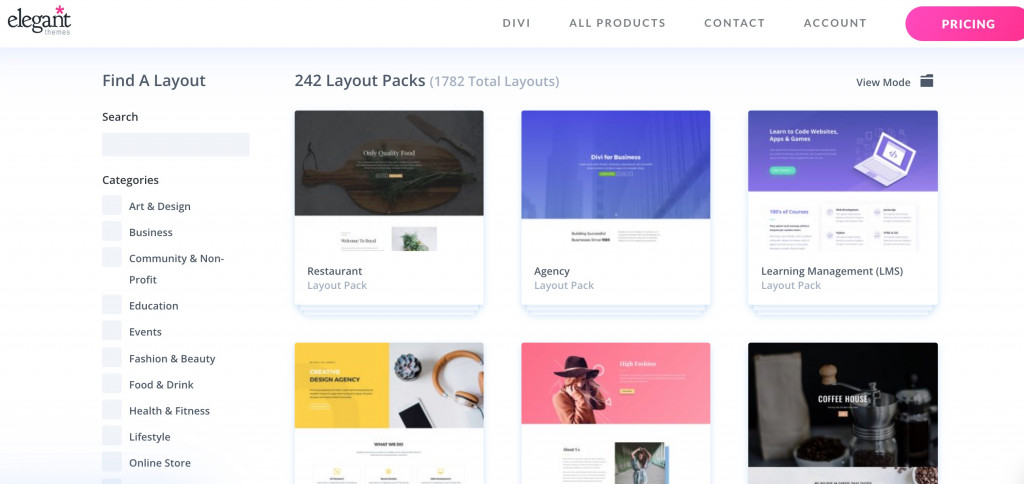
In Elementor, the free plugin offers only 5 basic website kits and 30+ basic templates. Meanwhile, the PRO version gives you access to over 60+ website kits and 300+ pro templates. You can too find the needed template by a certain category, and those categories are almost identical to those presented by Divi:
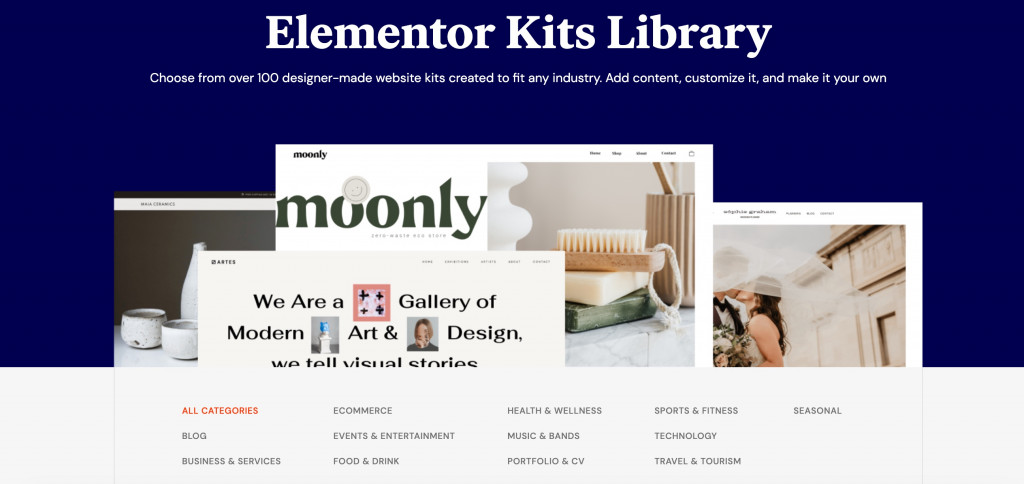
Although Divi provides a greater number of ready-to-go starter sites, we’d personally recommend staying out of counting numbers. Instead, we’d focus on the overall page builder experience and how convenient the functionality feels.
6. Performance
It’s tough to make clear conclusions about which page builder is better at performance since different speed & SEO tests will give us different results.
What we can say for sure is that both plugins show will have above-average page load parameters. In both cases, you’d need to take care of optimizing your content to make it less bloated for visitors. In particular:
- Image & media comparison;
- Keeping the number of plugins to a minimum;
- Keeping up with Google Page Insights & Core Web Vitals;
- Using reliable web hosting;
- Using plugins for SEO, caching, etc.
Also, the performance success will depend on a particular WordPress theme. Templates vary in complexity and total page size, so if the preconditions are equal, you’ll see no difference in performance for both Elementor and Divi.
7. Support
Both page-building plugins come with a solid support system. All Divi users and customers of Elementor PRO get premium 24/support. But the first one provides instant chat support via Itercom, while the second one has more traditional support via tickets.
Fortunately, both plugin has an active user community. Divi users can find solutions to their problems in the official forum or dig into the detailed knowledge base documentation.
Fans of Elementor have access to their own public knowledge base.
Finally, you can ask for help in the official Facebook groups for Divi and Elementor with over 70k+ members in each one. In many cases, you’ll get a quicker response from other users than if you’d address a support team.
WordPress Elementor VS Divi: Pros & Cons
In the previous paragraph, we’ve covered the main features of both Elementor & Divi. Now we’d like to focus on the advantages and disadvantages of both page builders. These points will help you clarify the major strengths and weaknesses on both sides and ultimately, make a smarter decision.
PROs of Divi Builder:
- Tons of well-designed layout packs (ready-to-go starter sites) for different niches
- Beautiful animation, page dividers & fonts
- Marketing instruments
- Built-in A/B testing
- A massive community of users and solutions from third-party developers
- Affordable Lifetime license for unlimited site
PROs of Elementor:
- Great features in the Free version
- More control over headers & footers
- The ability to customize archive & single post pages
- Global widgets
- Extensive features of Elementor Pro
- Bigger third-party marketplace
- Cheaper license for a single site
CONs of Divi Builder:
- Limited customization for archive pages & single posts
- No free version
CONs of Elementor:
- No pixel-perfect (which can be important for advanced users)
- Limited marketing features
- Smaller page template
- Tricky margins & padding setup
- Paid plans are more expensive
Divi VS Elementor: Which One is Better?
Whether it’s 2022 or 2023, both page builders deserve the highest rank above all currently-existing WP page builders.
Now when it comes to your individual choice, focus on your personal needs first, and then proceed to the Divi vs Elementor features. Do you like a left-hand side & fixed Elementor menu or a floating & clean-looking Divi menu? Are you working on one project or you’d like to invest in multiple website development? Do you need a popup builder or you’d rather have an A/B testing feature?
Note that Divi might seem a little cheaper at the first sight, yet, it requires a steeper learning curve. Meanwhile, Elementor may seem easier to master but offers a more expensive price for unlimited usage.
Disclosure: this article may contain affiliate links for third party products. If you click a link and later make a purchase, we may earn an affiliate commission that doesn’t result in additional charges to you.
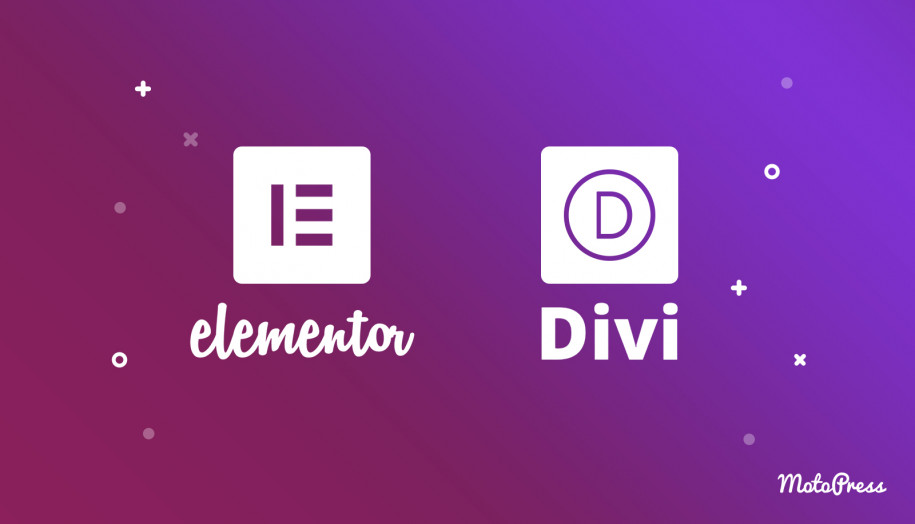
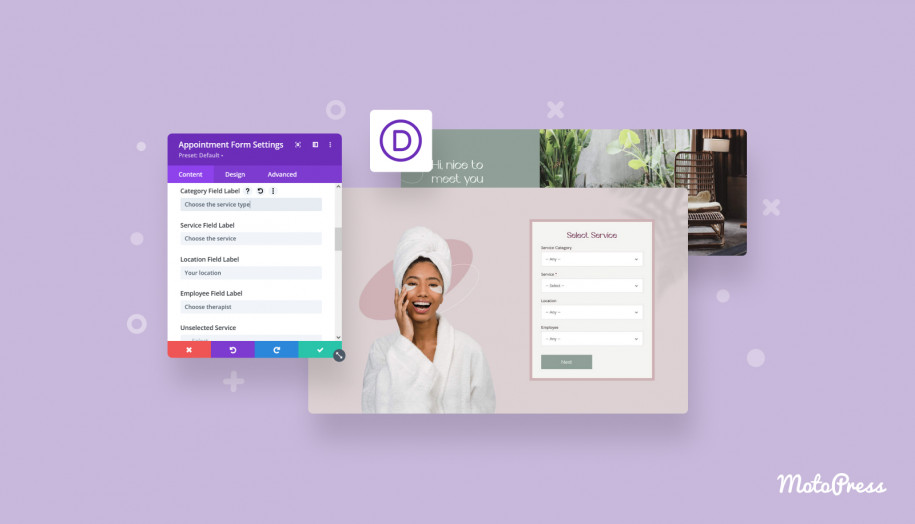
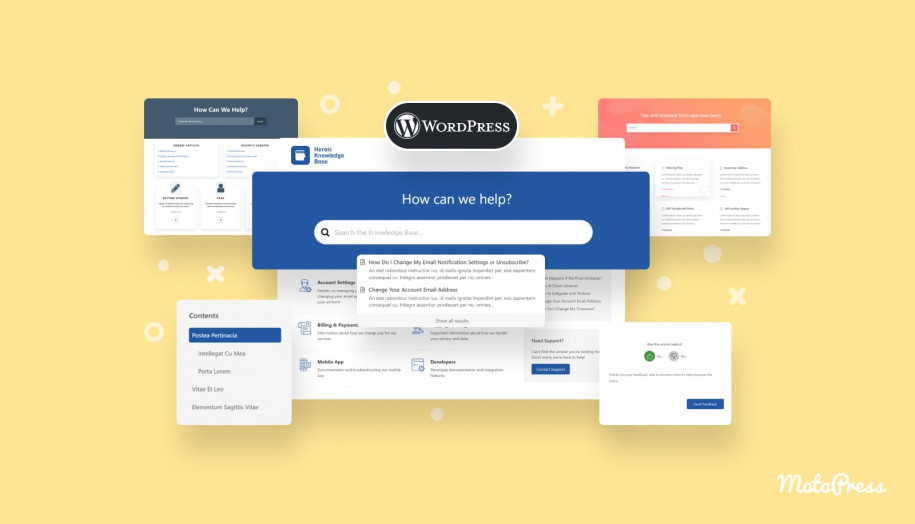
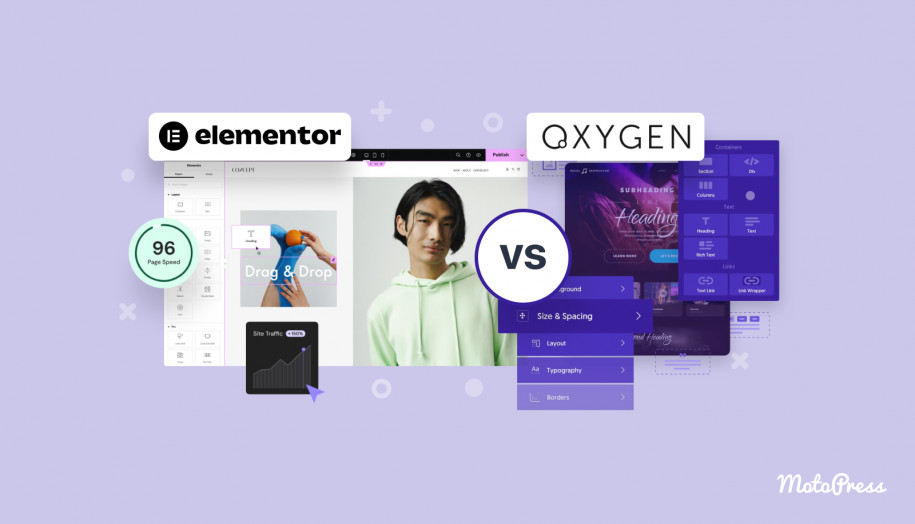
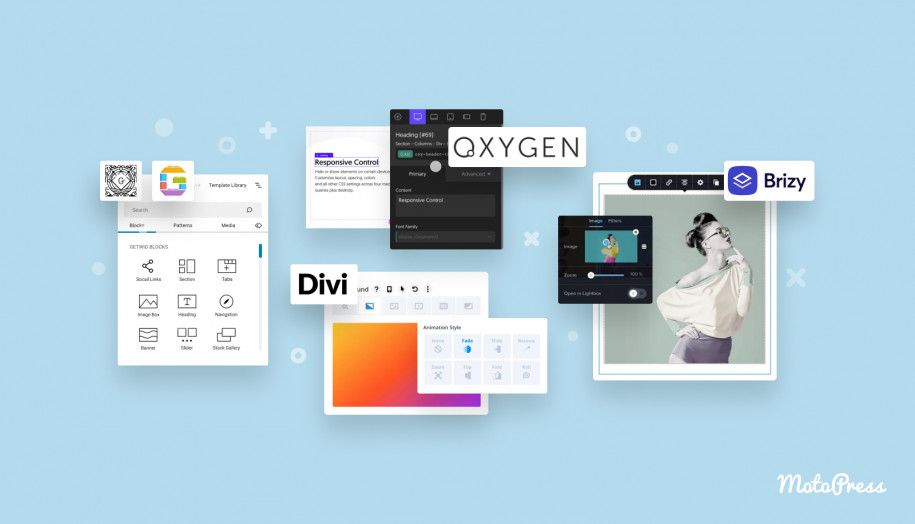
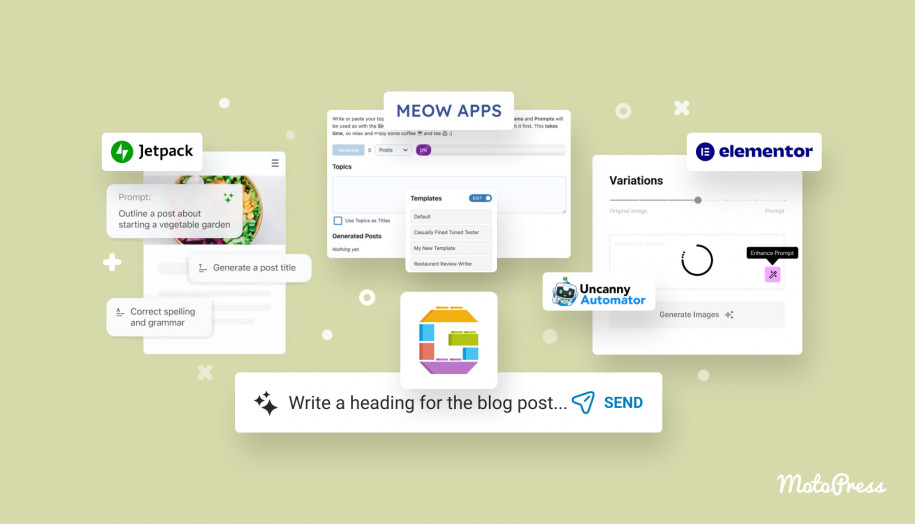
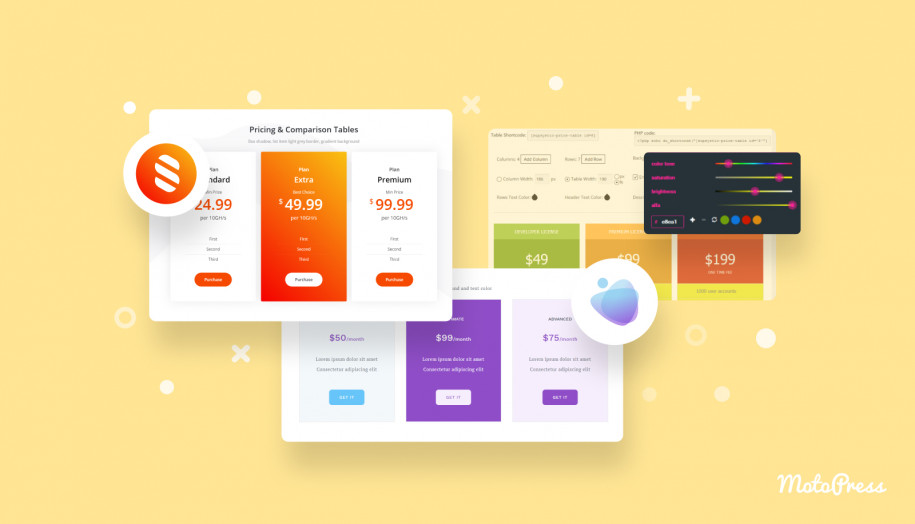
Yoast does not fully support DIVI. If would have known taht I would have start it with Elementor instead of DIVI.
Thanks for your feedback.
« No custom header & footer builder »
!!!! Divi has a header & footer builder since v4 with full Divi builder for each and capabilities to create any number of versions that you can assign to post, pages, CPTs etc with many filtering options !
Hi, thanks, we’ve updated this part. We’d recommend readers to look for recent reviews to get the most up-to-date information.
sounds like your work for Divi
I bet the post would not contain any Divi cons if we had worked for them 😉